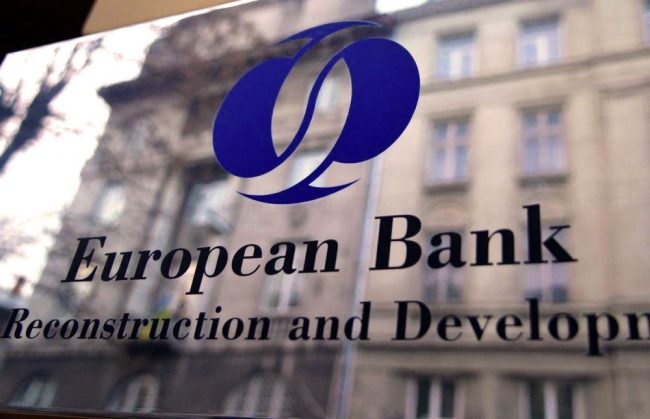With parliament’s adoption today of a covered bond law, Latvia has taken a major step forward in the development of its capital market. The European Bank for Reconstruction and Development (EBRD) provided technical advisory services to support the drafting of the new law, funded by the European Commission’s Structural Reform Programme. Following Estonia’s adoption of a covered bond law in 2019, Latvia’s new law is another milestone in the creation of a pan-Baltic capital market.
Latvia’s Minister of Finance Jānis Reirs said: „We would like to note the interest of regional and local market participants throughout the whole process and the long-term potential of the covered bond instrument. The adopted law is the result of fruitful cooperation by stakeholders, including the financial market association and financial supervisory authority, as well as international advice from the EBRD in association with Richard Kemmish, and a larger team who contributed in the project, with a view to creating a competitive framework for covered bonds.”
Charlotte Ruhe, EBRD Managing Director, Central and South Eastern Europe, added: “We are delighted to see the concerted effort to introduce a covered bond law come to fruition. Covered bonds are a well-established instrument in many advanced economies and well suited to the Baltic states, as they deepen the development of their capital markets.”
Covered bonds are debt securities issued by banks and backed by a portfolio of mortgages. They are an important and efficient source of long-term, low-risk funding. They can benefit issuers, investors, market participants and the public by stimulating the real economy with their impact on the housing market.
The introduction of covered bond legislation in Estonia, Latvia and Lithuania is a cornerstone of the development of a pan-Baltic capital market, the goal of which is to attract investment by combining strengths and overcoming constraints. The initiative is in line with the pan-Baltic Capital Markets Union Memorandum of Understanding signed in 2017.
Since then, the EBRD has worked with the Baltic countries to introduce joint projects such as the SME pre-listing support programme, the SME research coverage programme and work on joint index classification, as well as the introduction of a commercial paper instrument.
By incorporating the European Union’s Covered Bond Directive, the new law puts Latvia at the forefront of the bloc’s harmonisation efforts. The law also includes all elements of pan-Baltic covered bond legislation, especially in relation to the transfer of mortgages. It has been positively received by both industry and the ratings agencies.




COMMENTS